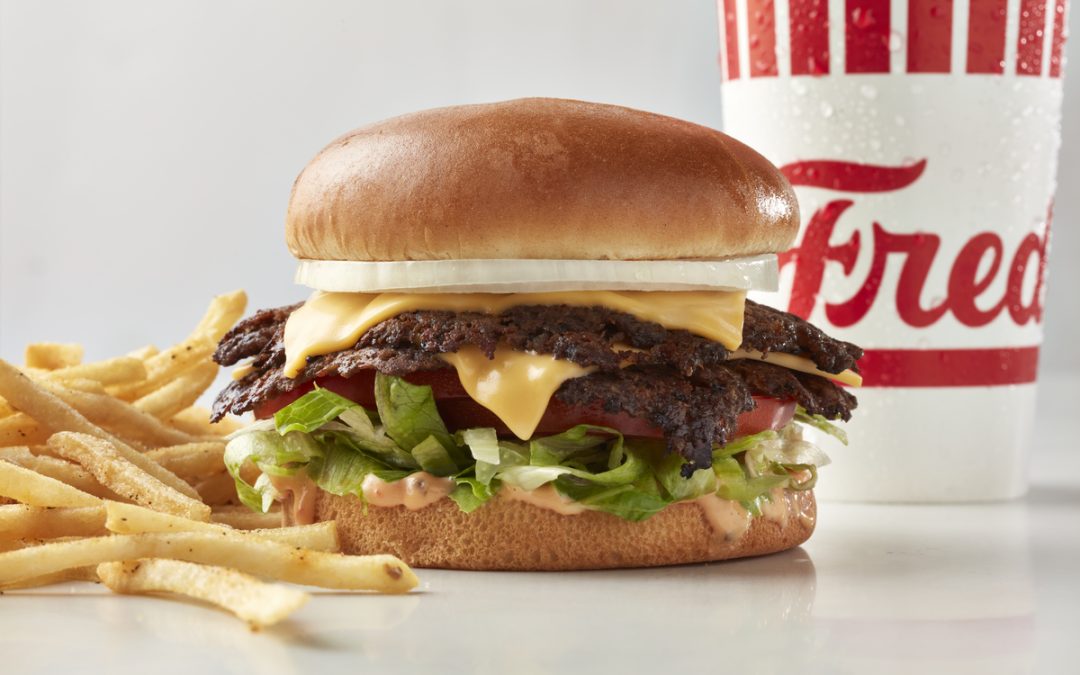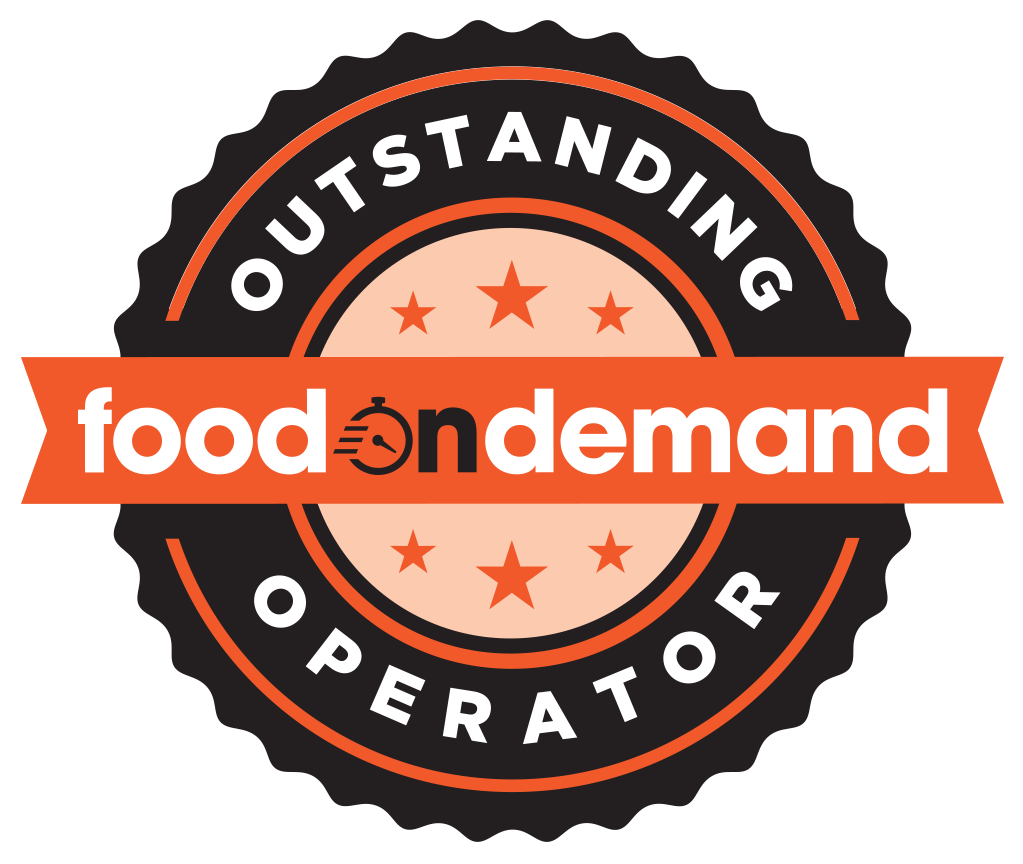Freddy’s is a Food On Demand Outstanding Operator.

Sean Thompson, head of IT at Freddy’s
Sean Thompson, the head of IT at Freddy’s, can talk big data and predictive ordering with the best of them. But he’s convinced the brand’s success is rooted in something more fundamental.
“Paying attention to the basics,” he said in an interview. “Do we have the names of the guests on the order? Are we making payment easy? Are we making the experience as good as it can be? I see so much opportunity in basics.”
Those basics are leading to growth. The brand opened 40 new locations last year, bringing its total to 550, and ended last year with nearly billion dollars in systemwide sales. Nothing basic about that.
Tech solutions as a means of stress relief
But traditional blocking and tackling doesn’t account for all its success. The brand has a Futurama approach to operations. It uses Olo Ordering and Pay for its kitchen-display system (KDS), which allows guests to place takeout and delivery orders across all channels, through mobile, web, and third-party platforms. And it uses PAR Brink for its point-of-sale system, which results in smoother integrations with its digital menu boards and third-party delivery apps. These upgrades were born out of necessity, due to the tectonic shift in the industry caused by Covid.
“What happened during the pandemic shouldn’t be impacting your data modeling anymore, but there have been ripple effects based on assumptions that were made back then,” he said. “Back in 2022, a lot of people were saying curbside is going to be here to stay. But for many brands it hasn’t. For a variety of reasons, the job of a manager or a team member at Freddy’s has become harder in the last two years. We spent a lot time in the kitchen and on innovation to make their lives easier.”
Visualization to alleviate memorization
In an era of hyper-personalized customer orders, the brand no longer wanted to put the pressure on a team member to keep straight the algebraic variations of an order. Not that many weren’t up to it.
“Before, when guests would order at the register, everyone’s point of sale would be a little different and everyone had their own ways of ringing things in. If a guest ordered one thing, that cashier with the beautiful brain could translate it into the point-of-sale,” he said.
It worked. But it was asking a lot. Today, technology does the heavy lifting. And not just for the cashier, but the back-of-house staff.
“Now our KDS visually shows our team members what they should be making on the makeline. This extends through to the fryer, the grill station, the custard station. We wanted to do away with figuring out weird abbreviations and playing fryer Tetris,” he said. “Guests don’t speak in the language of restaurant operators. They just say, I want these things, I don’t want those things.”
Thompson offers a familiar example.
“My daughter likes her burgers plain, except for ketchup and grilled onions, and the cashier would know how to ring that in. But when you do it in the digital space, it would say, no mustard, no onion, no pickle, add ketchup, add grilled onion. You would see these hilarious receipts that look like they’re coming from CVS. But the order isn’t that crazy,” he said. “With our new KDS, the person on the makeline is seeing the order the same way as my daughter. Whether she orders at the register or on the app, the person can see that it’s bun, patty-cheese, patty-cheese, ketchup, grilled onion, bun. When you have 100 sandwiches coming through in an hour, that’s great. The staff doesn’t need to know the build chart of a Freddy’s steakburger. It’s presented right there. They can just do what it shows on the screen.”
A new store prototype has helped
A challenge for Freddy’s used to be in optimizing temperatures for both its frozen and heated items. After all, this is a brand renowned for frozen custards and steakburgers, two very different things. Its new store design accommodates for the Antarctica and the Sahara.
“We launched the prototype a couple years ago,” he said. “Now we have a dedicated door designed for guests who want to pop in and pick up their food in a pass-through freezer. We keep it near the drink station. It’s nice and easy. Things like that are a constant evolution.”
Also evolving is the brand’s approach to delivery. It had launched its own first-party delivery right before Covid. But the pandemic reoriented consumer habits. While the brand still offers an attractive first-party proposition to consumers — a flat rate for delivery — “transparency with our customers is key value of ours,” Thompson said — it has made room for outsiders.
“We’ve all seen the market trends,” he said. “We do like to encourage consumers to come through the drive-thru and save $10, but we understand consumers want convenience.”
And its design allows for an intuitive process for drivers to easily find orders in-store and get back in their cars.
Keeping back of house front of mind
Among its innovations includes a bagging station with an easy-to-read display and a shared expo counter, providing a shift leader the ability to manage each area of operations from one area. A tightened focus on efficiencies allows for an expanded ability to deliver satisfaction.
Basics. Thompson keeps coming back to that.
“I think it’s a good idea for everyone in the industry to say, Before we get into AI, are we doing the little things right? If you have multiple items in a bag, do you have guest names on them? Simple stuff like that, things that a good deli in New York City in the ’70s had figured out. That’s our future. I know there will be errors. But now we have tools where I can learn about them and make sure they don’t happen again.”
The Outstanding Operators Program highlights 20 innovative brands taking creative paths to success with all things off-premises. Each winner receives a $1,000 charitable donation to its organization of choice and will be recognized on-stage at the 2025 Food On Demand Conference. Register today!
 |
 |
 |


